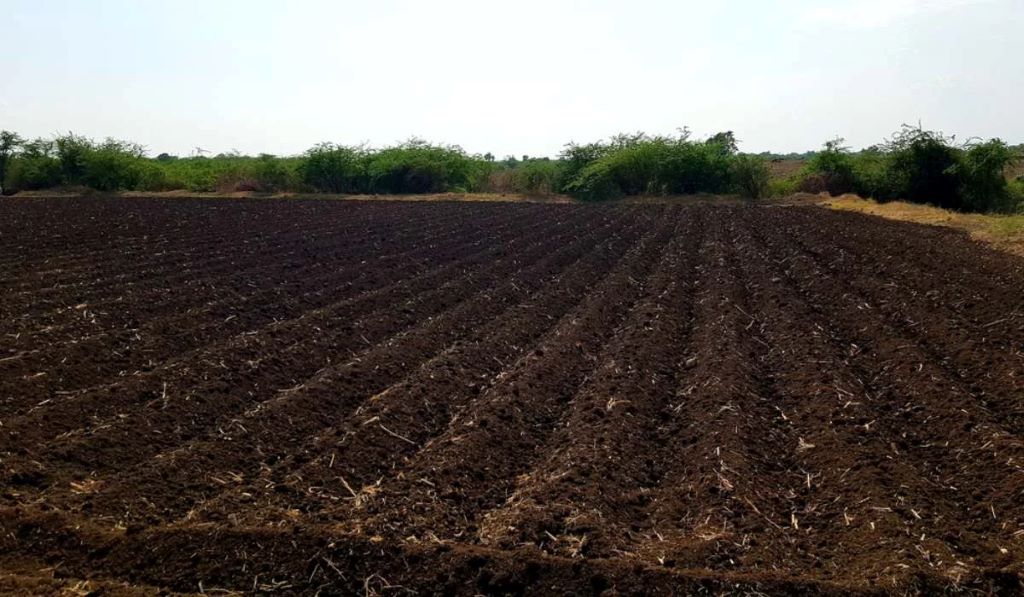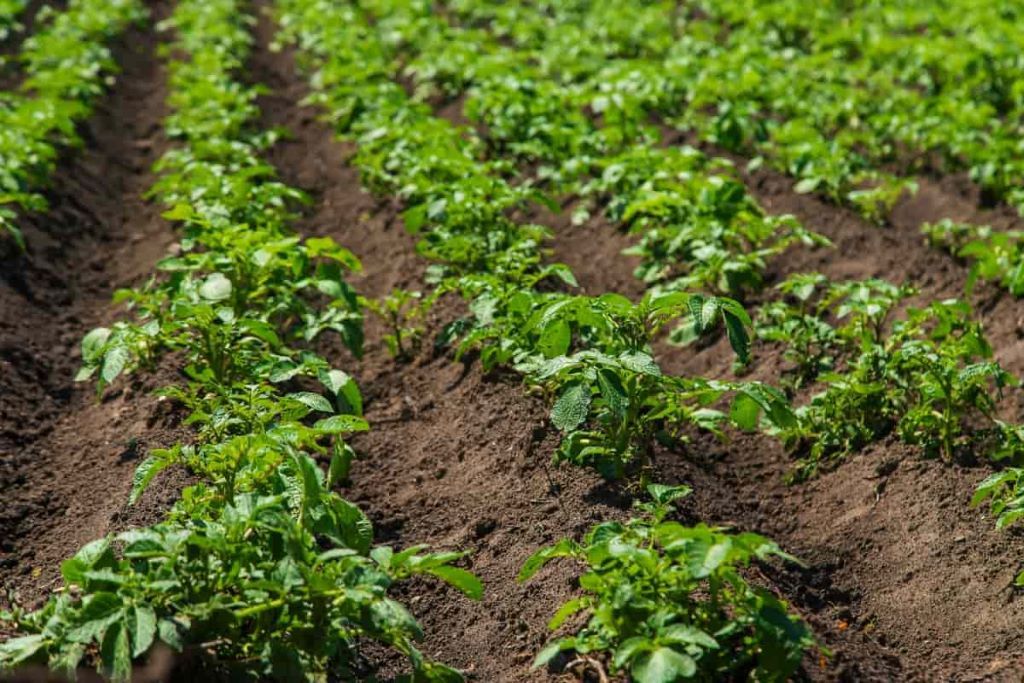
Black cotton soil, also known as regur or vertisol, is a unique and fertile soil type prized by farmers for its agricultural potential. However, its construction properties present distinct challenges that require careful consideration. This article delves into the characteristics of black cotton soil, exploring its advantages and disadvantages for both farming and construction.
Understanding Black Cotton Soil: A Clayey Powerhouse
Black cotton soil is easily recognizable by its dark color, a result of its high organic matter content. This dark hue often deepens with increasing depth in the soil profile. The defining characteristic of black cotton soil is its high clay content, typically ranging from 40% to 70%. This clay is dominated by montmorillonite, a type of clay mineral that expands significantly when it absorbs water and shrinks dramatically during dry periods. This swelling and shrinking behavior is the key factor influencing both the agricultural and construction properties of black cotton soil.
A Farmer’s Friend: The Advantages of Black Cotton Soil
For farmers, black cotton soil offers a multitude of benefits:
- High Fertility: The organic matter content, combined with the presence of clay minerals, makes black cotton soil naturally fertile. Clay particles act like tiny sponges, holding onto essential nutrients like potassium, calcium, and magnesium, making them readily available for plant growth.
- Excellent Moisture Retention: The montmorillonite clay in black cotton soil has a remarkable ability to absorb and retain large quantities of water. This is particularly beneficial in areas with erratic rainfall patterns, as it provides a natural reservoir of moisture for crops during dry periods.
- Self-Mulching Properties: Upon drying, black cotton soil cracks and forms a natural mulch layer on the surface. This mulch helps suppress weeds, conserves soil moisture, and regulates soil temperature, creating a more favorable environment for plant growth.
- Buffering Capacity: Clay minerals in black cotton soil have a high cation exchange capacity (CEC). CEC refers to the soil’s ability to hold onto positively charged nutrients (cations) and release them gradually to plants. This buffering capacity helps prevent nutrients from leaching away due to heavy rainfall, ensuring their availability for crops.

Things to Consider for Farmers:
While black cotton soil offers numerous advantages, it’s not without its limitations for farmers:
- Workability Issues: The high clay content makes black cotton soil sticky and difficult to work with when wet. This can pose challenges for tilling, planting, and harvesting operations, requiring specialized equipment and careful timing during the season.
- Drainage Issues: The excellent moisture retention of black cotton soil can become a drawback in areas with excessive rainfall. Poor drainage can lead to waterlogging, which restricts oxygen availability in the root zone and hinder plant growth.
- Susceptibility to Erosion: Once dry, black cotton soil becomes prone to wind erosion due to its cracked and loose structure. Farmers need to adopt appropriate soil conservation practices like cover cropping and windbreaks to minimize erosion.
A Construction Challenge: The Disadvantages of Black Cotton Soil
The very properties that make black cotton soil advantageous for agriculture pose significant challenges for construction:
- Expansive Soil: As mentioned earlier, black cotton soil undergoes significant volume changes due to moisture fluctuations. When wet, the soil swells, exerting tremendous pressure on foundations. This swelling can cause cracks in walls, uneven settlement of buildings, and even structural failure.
- Low Bearing Capacity: Black cotton soil, in its natural state, has a relatively low bearing capacity. This means it cannot support heavy structures without significant risk of settlement or collapse.
- Differential Shrinkage: Uneven drying patterns within the soil mass can lead to differential shrinkage, causing distortions and cracks in structures built on black cotton soil.
Backyard Bounty: How to Build and Maintain a Thriving Raised Bed Garden
Building on Black Cotton Soil:
Despite the challenges, construction on black cotton soil is possible with proper planning and mitigation strategies. These may include:
- Soil Stabilization Techniques: Techniques like chemical stabilization or preloading can improve the strength and reduce the expansive nature of the soil.
- Deep Foundations: Using deep foundations that transfer the load of the structure to more stable soil layers below the expansive black cotton soil can be an effective strategy.
- Proper Drainage Measures: Ensuring proper drainage around the structure to prevent moisture accumulation and minimize swelling is crucial.
Important Note: Consulting with a qualified geotechnical engineer is essential before undertaking any construction project on black cotton soil. They can assess the specific soil conditions and recommend the most appropriate foundation design and construction techniques.
Conclusion: Black Cotton Soil – A Resource with Nuances
Black cotton soil is a valuable resource, offering exceptional fertility and moisture-retention for agriculture. However, its unique properties present challenges for construction. By understanding the advantages and disadvantages of this soil type, both farmers and builders can make informed decisions to optimize its use. Farmers can leverage its fertility while managing workability and drainage issues. For construction projects, careful site evaluation and appropriate engineering interventions are essential to ensure structural integrity and longevity.
While black cotton soil might require careful management, it remains a resource that can promote both agricultural productivity and sustainable construction when handled with awareness.
